
HUB TRANSICIÓN ENERGÉTICA


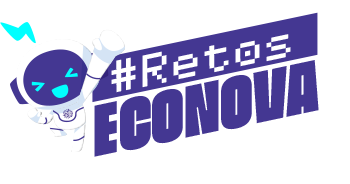
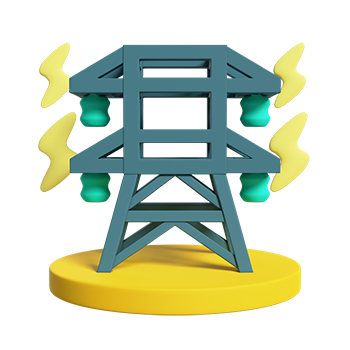
¿Cómo podríamos realizar la inspección de la integridad física de manera remota y automatizada, en líneas de transmisión y distribución aéreas de energía del Grupo Empresarial Ecopetrol?
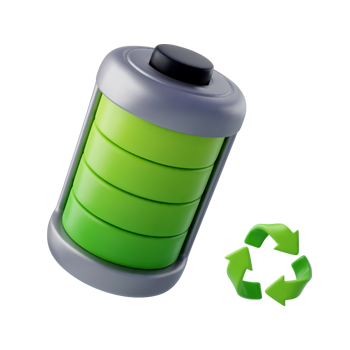
¿Cómo mejorar la reutilización de baterías de almacenamiento de energía, resolver la disposición costosa y compleja de estos residuos, y aprovechar al máximo sus componentes para crear un modelo de negocio rentable de economía circular?
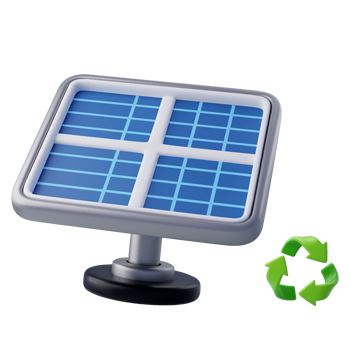
¿Cómo optimizar el uso residual de paneles solares, resolver su disposición costosa y compleja, maximizar la utilización de sus componentes para crear un modelo de negocio rentable basado en la economía circular?

La red de innovación abierta Econova es una iniciativa estratégica del Grupo Ecopetrol, diseñada para impulsar la innovación y crear soluciones de impacto en áreas clave para el país. Con un enfoque en la colaboración y la movilización de conocimiento, se ha consolidado como un actor líder en el ecosistema de innovación en Colombia.
Econova impulsa la innovación, soluciones en transición energética y la SosTECnibilidad®. Fomentamos la colaboración para enfrentar desafíos actuales con mecanismos de innovación abierta entre diversos actores, buscando mejorar la competitividad nacional.
Accede a recursos compartidos de hasta 800 millones de pesos para maduración y demostración de tecnologías.
Consigue acompañamiento de un equipo técnico de expertos para fortalecer tu propuesta con impacto.
Recibe entrenamiento y mentoría para mejorar tu modelo de negocio.
Participa en la oferta de programas, espacios de capacitación y proyectos que se desarrollarán desde la red Econova.
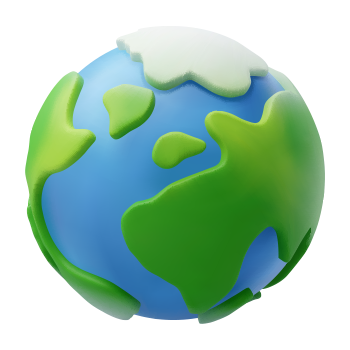
Mínimo dos (2) años de constitución en cualquier país.

Demostrar capacidades técnicas, tecnológicas y humanas, relacionadas con el reto a resolver.

Tener una solución (producto y/o servicio) para uno de los retos de la convocatoria.
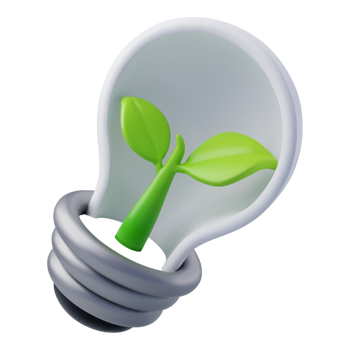
Diligenciar con información verídica todo el formulario de inscripción.
Empresas, startups y scale-ups nacionales e internacionales, así como actores del ecosistema CT+i nacional como universidades, centros de investigación, desarrollo tecnológico e innovación.
Hito
Descripción
Fecha
Apertura de la convocatoria
Lanzamiento de la convocatoria.
14/05/2024
Cierre de la convocatoria
Fecha máxima para que los innovadores interesados realicen sus postulaciones.
05/07/2024
Etapa de selección
Primer filtro de requisitos mínimos (Cumplimiento jurídico, técnico, financiero).
Segundo filtro Fit de las soluciones.
Pitch Day.
08/07/2024
09/08/2024
Publicación de ganadores
Se evalúan las propuestas presentadas de conformidad con los criterios definidos y se publican los resultados finales.
12/08/2024
Fecha
Descripción
14/05/2024
Apertura de la convocatoria
Lanzamiento de la convocatoria.
05/07/2024
Cierre de la convocatoria
Fecha máxima para que los innovadores interesados realicen sus postulaciones.
08/07/2024
09/08/2024
Etapade selección
Primer filtro de requisitos mínimos (Cumplimiento jurídico, técnico, financiero).
Segundo filtro Fit de las soluciones.
Pitch Day.
12/08/2024
Publicación de ganadores
Se evalúan las propuestas presentadas de conformidad con los criterios definidos y se publican los resultados finales.
Los programas de innovación abierta son una apuesta de un corporativo, institución o entidad por generar alianzas estratégicas con ‘startups’, ‘scaleups’, universidad u otras entidades del ecosistema con el propósito de co-crear soluciones para retos de innovación de la compañía.
La selección de los participantes se realizará a través de los siguientes filtros:
Filtro 1: cumplimiento de requisitos mínimos.
Filtro 2: evaluación de la solución a través de entrevistas a los postulados.
Filtro 3: los preseleccionados tendrán la oportunidad de presentar su pitch ante el equipo de Econova.
El programa no contempla inversión de equity para los seleccionados. Se dispondrá de recursos para el acompañamiento, la co-creación y gastos requeridos para la exploración y diseño del prototipo.
Se realizará la firma de acuerdos para el desarrollo de pilotos que permitan validar la solución de la mano de equipos técnicos de Ecopetrol y su red de aliados.
La convocatoria estará abierta hasta el 5 de julio de 2024. Puedes postularte dando clic aquí.
El Programa se desarrollará de forma virtual a través de plataformas de comunicación (entre las que se encuentra Teams, Google Meet, Zoom, entre otras), las cuales serán previamente establecidas por los organizadores del programa.
Si tienes más dudas acerca de la convocatoria:




Gracias a este sitio web, estamos reforestando la amazonía.

Gracias a este sitio web, estamos reforestando la amazonía.
Este sitio web está alojado en capihost.com. Por cada Hosting web comprado, siembra un arbol en zonas deforestadas por la tala ilegal en la amazonía.
¿Cómo podríamos realizar la inspección de la integridad física de manera remota y automatizada, en líneas de transmisión y distribución aéreas de energía del Grupo Empresarial Ecopetrol?
Probar soluciones basadas en Ciencia, Tecnología e Innovación CT+ i con el fin de evitar fallas eléctricas y las consecuentes pérdidas de producción de crudo mediante la detección temprana de posibles puntos de falla en las líneas de transmisión y distribución aéreas del Grupo Empresarial.
El desafío de la inspección de líneas de transmisión y distribución de energía eléctrica radica en la necesidad de automatizar el proceso para identificar problemas relacionados con vegetación, fauna, factores meteorológicos y fallas en los componentes de manera oportuna. La falta de un estado de salud de estas líneas en tiempo real impacta negativamente en la producción de crudo, especialmente cuando se presentan fallas eléctricas por componentes o acercamientos con vegetación.
Actualmente, la inspección se realiza principalmente mediante el personal con métodos visuales o técnicas predictivas, lo que implica costos significativos y dependencia de condiciones climáticas favorables. La presencia de vegetación variable, zonas de difícil acceso y riesgos para el personal dificultan aún más este proceso.
Para abordar este problema, es importante implementar nuevas tecnologías de inspección y análisis que mejoren la oportunidad del diagnóstico de la salud de estas líneas. Estas tecnologías deberán permitir realizar intervenciones preventivas antes de que ocurran fallas, optimizando así la operación y minimizando riesgos para el personal y el medio ambiente.
¿Cómo mejorar la reutilización de baterías de almacenamiento de energía, resolver la disposición costosa y compleja de estos residuos, y aprovechar al máximo sus componentes para crear un modelo de negocio rentable basado en la economía circular?
Asegurar la adopción de principios de economía circular para baterías en desuso o con potencial de aprovechamiento, para reducir los impactos ambientales provocados por estas.
El crecimiento exponencial en la adopción de vehículos eléctricos y sistemas de almacenamiento de energía ha generado un desafío importante en cuanto a la gestión de las baterías una vez que han cumplido su vida útil.
En Colombia, donde circulan más de 50,000 vehículos eléctricos y se proyecta una demanda global de 5.3 TWh en 2035, se enfrenta a la acumulación de residuos de baterías que se estima en alrededor de 3150 toneladas en los próximos años. Esta situación trae consigo problemas específicos relacionados con la disposición y reutilización de las baterías, destacando la limitada utilización de la capacidad remanente, la dificultad, los costos asociados a la disposición de los residuos y el subaprovechamiento de los componentes presentes en las mismas.
Ante esta situación, surge la necesidad de explorar modelos de negocio de economía circular que permitan evaluar diferentes opciones para las baterías como darles una segunda vida, el aprovechamiento de sus componentes y/o la disposición final de las mismas, asegurando así un cierre de ciclo óptimo y sostenible; e incluso posibilitando soluciones a problemas de acceso a la energía en zonas de difícil acceso en el país.
¿Cómo optimizar el uso residual de paneles solares, resolver su disposición costosa y compleja, y maximizar la utilización de sus componentes para crear un modelo de negocio rentable basado en la economía circular?
Asegurar la adopción de principios de economía circular para paneles solares en desuso o con potencial de aprovechamiento, para reducir los impactos ambientales provocados por éstos.
La diversificación de la matriz energética hacia fuentes renovables, como la energía solar fotovoltaica, ha sido clave en la transición hacia un sistema energético más sostenible. Sin embargo, se plantea un desafío importante en relación con la gestión de los residuos generados por los paneles solares al final de su vida útil.
Con una duración estimada de 25 a 30 años, el retiro de estos paneles debido a diversas fracturas en la estructura o por no cumplir con las capacidades técnicas requeridas por el sistema luego de su uso normal; podría resultar en una acumulación significativa de residuos compuestos por vidrio, silicio, aluminio, plástico, metales y semiconductores, entre otros materiales.
Se estima que para el año 2028 se producirá el primer pico de paneles solares fuera de circulación, lo que plantea la pregunta de cómo gestionar adecuadamente estos residuos como RAEE (Residuos de aparatos eléctricos y electrónicos). Ante este contexto, es crucial desarrollar estrategias y modelos de economía circular que permitan el aprovechamiento de sus capacidades remanentes o de sus componentes o finalmente la disposición adecuada y sostenible de los paneles solares al final de su vida útil.